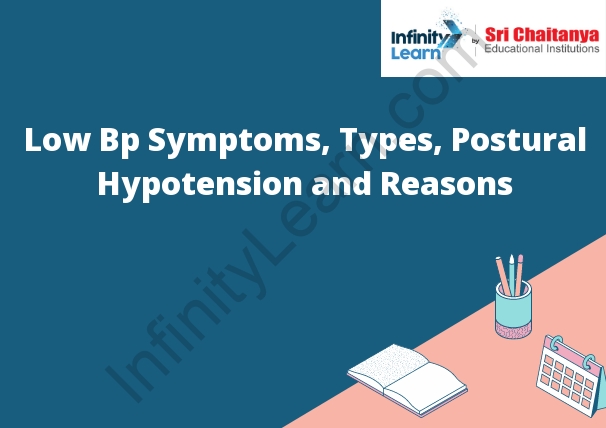Table of Contents
What happens in Low Bp?
Low blood pressure, or hypotension, is a condition in which a person’s blood pressure falls below the normal range. This can occur for a variety of reasons, including dehydration, low blood volume, or medications. Low blood pressure can cause a variety of symptoms, including lightheadedness, dizziness, and fainting. Treatment for low blood pressure typically includes increasing fluid intake, increasing salt intake, and medications.
Low Bp Symptoms
Low blood pressure, or hypotension, is a condition in which blood pressure falls below the normal range. This can cause a variety of symptoms, including lightheadedness, dizziness, blurred vision, and fainting. In severe cases, low blood pressure can lead to seizures, heart attack, or stroke. Treatment for low blood pressure typically includes lifestyle changes, such as increasing salt and fluid intake, and medications.

Low blood pressure (hypotension) is a condition in which the blood pressure falls below the normal range. This may cause symptoms such as lightheadedness, dizziness, blurred vision, and fainting. Low blood pressure is not a disease, but rather a symptom of another problem.
Types of low-bp-symptoms
Low blood pressure is a common problem that can cause a variety of symptoms. Some people may not experience any symptoms, while others may have a wide range of symptoms.
The most common symptoms of low blood pressure include lightheadedness, dizziness, blurred vision, and fainting. These symptoms can be caused by a sudden drop in blood pressure, which may occur when standing up after sitting or lying down.
Other symptoms of low blood pressure may include fatigue, heart palpitations, headache, and nausea.
If you experience any of these symptoms, it is important to see your doctor to determine the cause.
Postural Hypotension and Reasons oflow-bp-symptoms
Postural hypotension is a condition in which a person’s blood pressure drops suddenly after standing up from a sitting or lying position. It is a common problem, especially in older adults. Postural hypotension can cause lightheadedness, dizziness, nausea, and sometimes fainting.
There are a number of reasons why someone might experience postural hypotension. One reason is that the body’s blood vessels don’t react as quickly to the change in position as they should. This can be caused by medications, such as blood pressure medications, or by health problems such as diabetes or Parkinson’s disease. Dehydration can also cause postural hypotension, as can standing or sitting in the same position for a long time.
People with postural hypotension should try to avoid standing or sitting in one position for too long, and they should drink plenty of fluids to stay hydrated. If they are taking medications that can cause postural hypotension, they should talk to their doctor about whether there are any alternatives. If they experience lightheadedness, dizziness, or other symptoms of postural hypotension, they should sit down or lie down until the symptoms go away.





